
Providing the best customer experience is one of the most important aspects of luxury retail — and brands are turning to technology to ensure every customer feels like a VIP.
Tough competition for high-spending consumers means luxury retailers must provide VIP service at every step of the shopping journey. As Ray Hartjen, Marketing Director at RetailNext, puts it: “Shoppers don’t need to shop at any brand. Brands need to make shoppers want and feel like they need to shop a brand. Technology can help.”
Pressured by new entrants and online sales, luxury retailers are adopting new tools to better understand their customers. looking at the end-to-end lifecycle of the products and services they sell — recognizing the importance and profit that can be made from ‘outlet’ business as well as full price offerings.
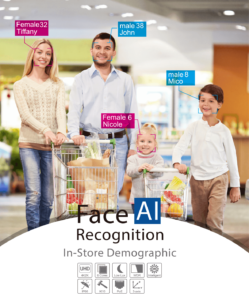
Hartjen points to high-end consumers’ “connected journey,” and how following this journey from beginning to end could provide key information to retailers.
“It will be important for luxury retailers to tie into and integrate seamlessly with shoppers’ connected journeys. They will need to understand how shoppers’ online experiences drive store visits, and how store visits have tangential and residual impacts later on in the brand’s digital touch points and channels. And, of course, they need to understand the key branded interactions that convert shoppers into buyers,” Hartjen explained.
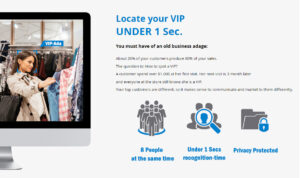 “Luxury retailers are in many ways leading the retail industry’s response to shoppers’ connected journeys. Activations are regularly popping up around the globe where influencers and shoppers experience a brand and its ethos in ready-for-Instagram settings. The activations are more brand showroom than retail store, where the brand is the hero, not its products, and they allow for almost continual sharing through ‘shoppable’ social media platforms,” Hartjen said, adding: “Luxury is investing in the shopping experience, because it’s what shoppers want and crave, and what’s good for shoppers is good for business.”
“Luxury retailers are in many ways leading the retail industry’s response to shoppers’ connected journeys. Activations are regularly popping up around the globe where influencers and shoppers experience a brand and its ethos in ready-for-Instagram settings. The activations are more brand showroom than retail store, where the brand is the hero, not its products, and they allow for almost continual sharing through ‘shoppable’ social media platforms,” Hartjen said, adding: “Luxury is investing in the shopping experience, because it’s what shoppers want and crave, and what’s good for shoppers is good for business.”
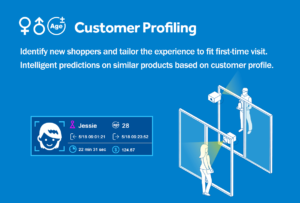
Parallel to understanding the connected shopping journey is the need to understand who the shopper is. “Relevant communication and engagement is paramount to success, and in the luxury sphere, relevant means personalized,” Hartjen said. “The luxury segment needs to engage on a personal level, and to get shoppers to reveal personal information there has to be value in it for the shopper. Those brands that do it well will have a loyal customer for life.”
While gathering consumer data can help provide a personalized shopping experience, retailers must also comply with GDPR regulations. For instance, although video analytics and face recognition data is useful, customer consent is required before it can be used.
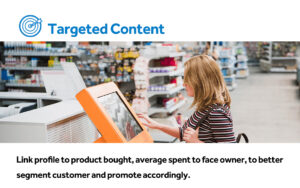
Should consumers opt in, luxury retailers can use data to optimize and personalize the shopping experience even further.
Luxury retailers can create lists of VIP customers and upload images of these visitors to their video-content analytics engine. The video analytics solution can be configured to alert operators when key customers are recognized entering the store. By triggering a call to action any time a VIP customer walks into the store, sales associates can be mobilized to engage the visitor immediately and personally.
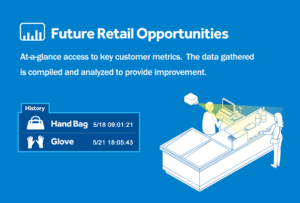
When face recognition data is integrated with historic sales data, the retailer can quickly review and understand individual customer shopping trends and preferences based on past purchases, and use this information to share personalized and relevant information and offers to drive sales.
Adapted from a&s Magazine



































































